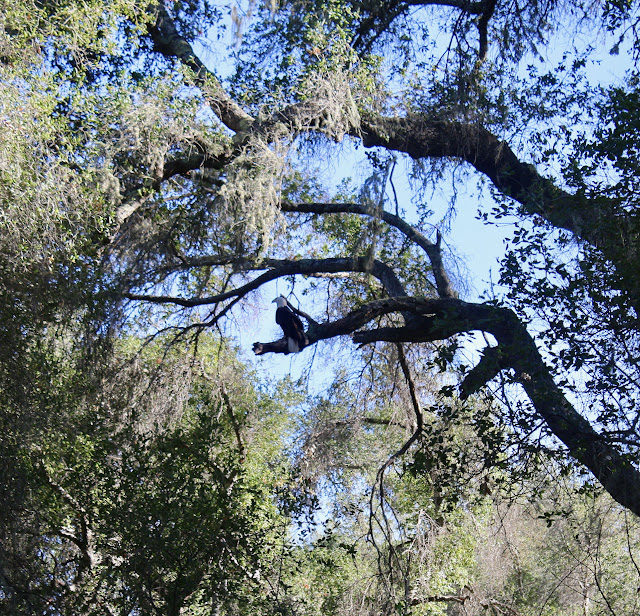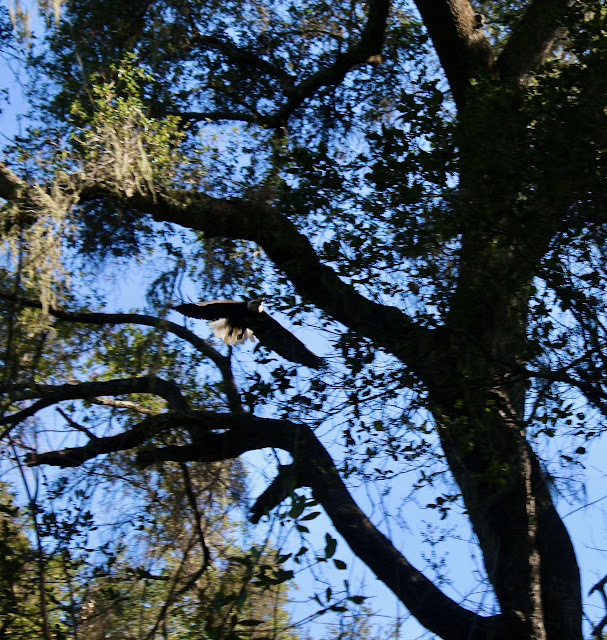
Tuesday, October 12, 2021
Adelaide Bald Eagles Flying High

Friday, October 8, 2021
Who Goes There? The Clues Left Behind for Pismo Preserve Ranger C.J. to Find!
The Land Conservancy of San Luis Obispo County Pismo Preserve Ranger C.J. Silas spends a lot of time hiking the Pismo Preserve to keep 11 mi. of trails safe and enjoyable for visitors + healthy for nature preserve inhabitants. These are some of the things found on recent hikes. Evidence of animals who have passed by or passed away. If you're grossed out by scat, don't look! Thanks for sharing, C.J.!
Friday, March 12, 2021
Cycles of Nature ~ The Badger and the Beetles
The Cal Poly Vertebrate Lab* processes wildlife specimens for research and outreach purposes. Most of the specimens we received are roadkill that have been collected and donated to the lab by Cal Poly students or community members. The specimen in the video is a badger,Taxidea taxus, that was collected at the Pismo Preserve by The Land Conservancy of San Luis Obispo County staff Dylan Theobald. It had likely been deceased for at least a few days and had already started to decompose. Following collection, the badger specimen was frozen to prevent further decay.
The first thing we do at the lab is examine the specimen and determine what is the most useful way to process it given the condition of the specimen. As the badger was already starting to decay, we decided to just keep the skull and a paw. Our lab uses a Dermestid beetle colony to clean skulls. Dermestes maculatus is a flesh eating beetle commonly used for skull cleaning. The colonies are fairly easy to care for and can fully clean a skull in just a few weeks.
To prepare the badger head for the colony, we froze it for one week to kill any harmful parasites or diseases, removed the skin as the beetles won’t eat the skin, and removed some of the excess tissue. We also took a tissue sample to conduct DNA testing. The video shows how the beetles find the skull and begin consuming it. By the end of the video, all the flesh has been eaten off of the skull. This video was recorded over 9 days.
When the skull is removed from the dermestid colony, it must be put in a freezer for at least one week to kill any beetles or larvae remaining on the skull. After that, the skull goes through a degreasing process which involves soaking it in soapy water and switching the water every few days for about a week. After that, the process is complete and the skull is ready to be added to our museum collection or used for outreach! This badger will become part of the specimen collection used for The Land Conservancy of San Luis Obispo County's outdoor education program, Learning Among the Oaks. We hope you will find this video interesting and informative and look forward to sharing more videos of our lab procedures in the future!
Click on the video below to see time-lapse video of the process (Caution for the squeamish -Includes graphic images).
Emma Witkin, EMTBiological Sciences,
Cal Poly Class of 2021
*Directed by John D. Perrine, PhD
Professor / Curator of Mammals and Birds
Biological Sciences Department
California Polytechnic State University
San Luis Obispo, CA






